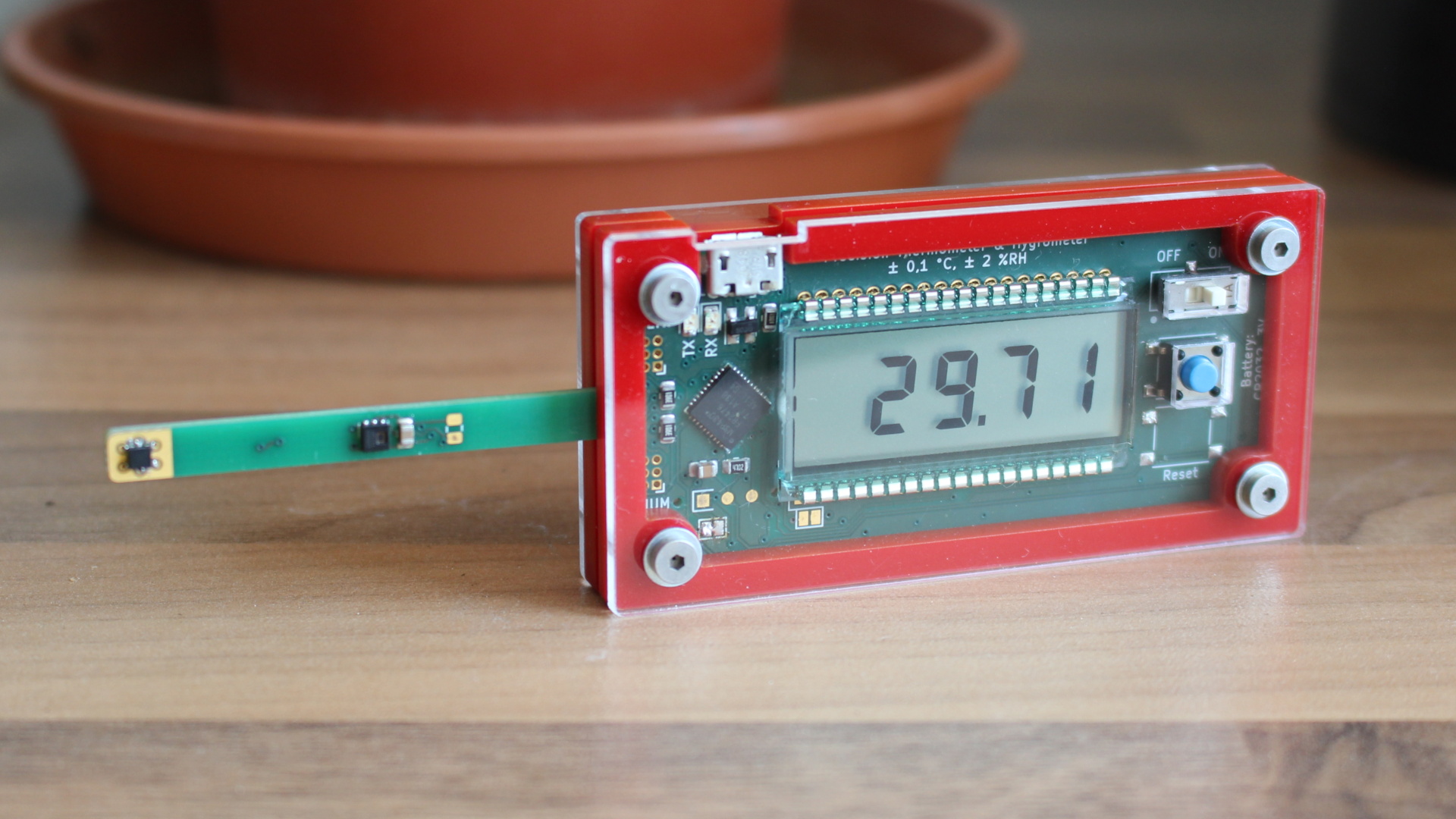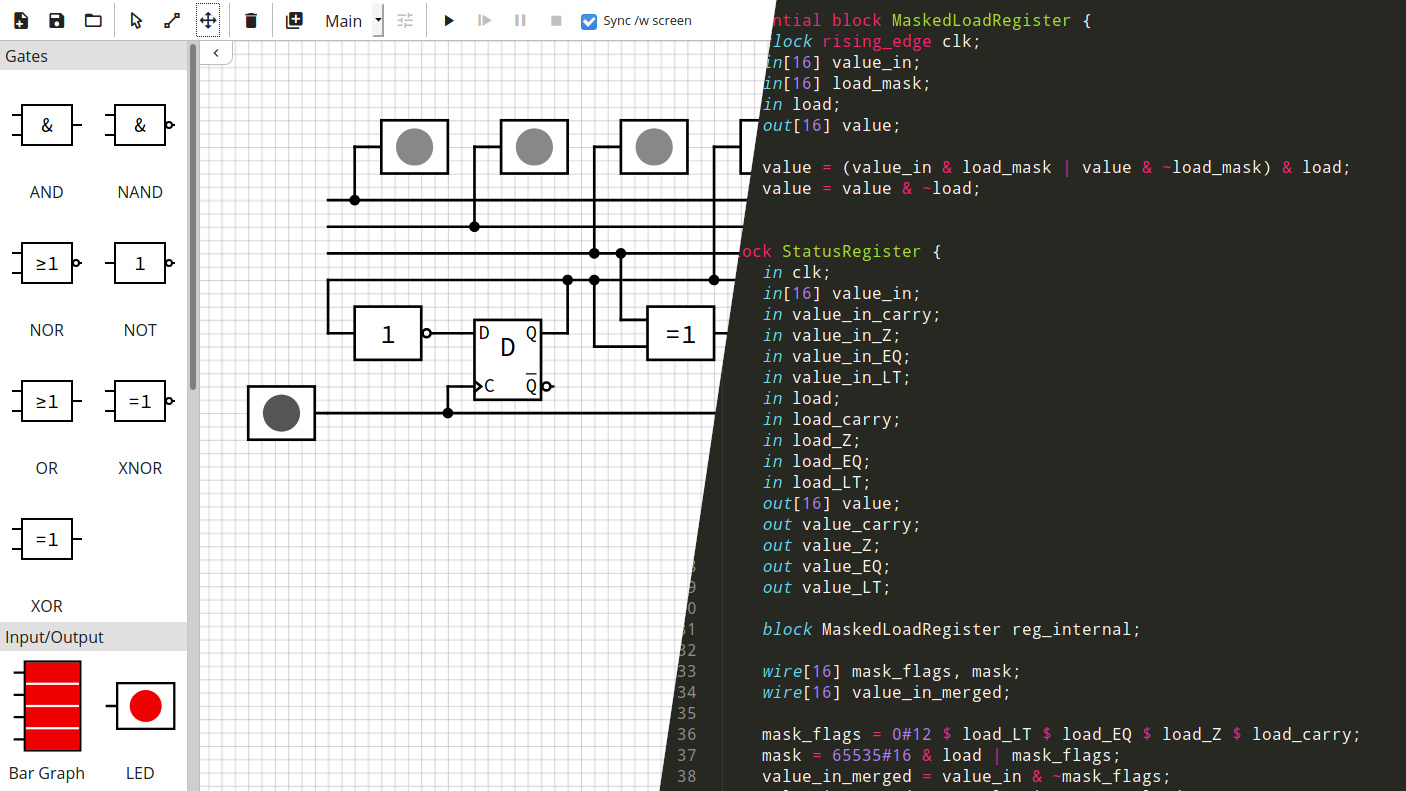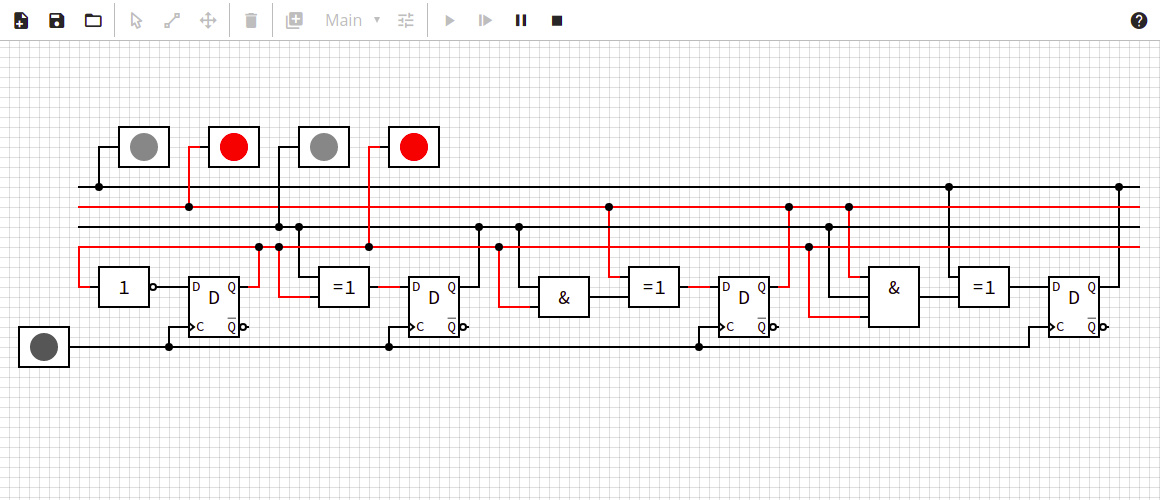Raytracer
CPU-based multi-platform raytracing renderer



The idea for this combined thermometer and hygrometer came from the desire for a way to determine the best way to cool my shared attic flat in the summer. It should be able to measure temperatures down to a minimum precision of 0.1 °C and react quickly to changes in the ambient temperature. I wanted it to be small and portable, with a battery life long enough so that I didn’t have to worry about replacing the battery too often even with regular use. In addition, a simple data logging functionality would be nice.
[Read More]
This is a simple game where you have to throw a pixel. The game is drawn to a 64x16 monochrome LED matrix. The ARM Cortex-M4F based microcontroller of the EK-TM4C123GXL development board simulates a two-dimensional grid-based world. There are destructible (hollow) and indestructible (filled) blocks that serve as obstacles. The goal is to hit and destroy all spheres/circles by correctly aiming and adjusting the throwing power.
[Read More]


A HTML5 Jump ’n’ Run game
[Read More]This is an emulator, written in C++, that executes .hex files. It emulates Atmels AT89C5131A microcontroller, including peripherals. At the moment, it emulates most instructions but the only supported peripherals are the GPIO ports.